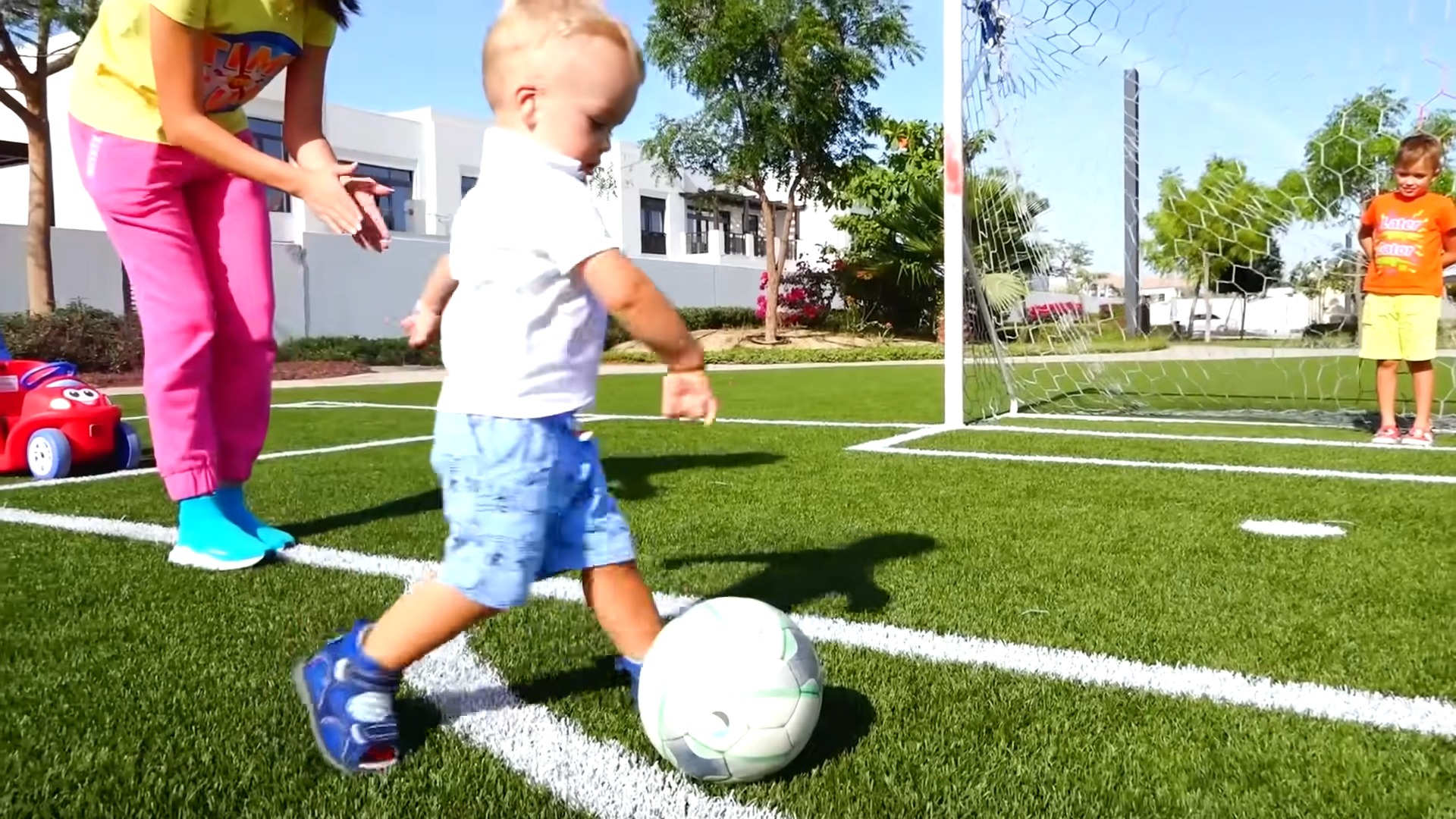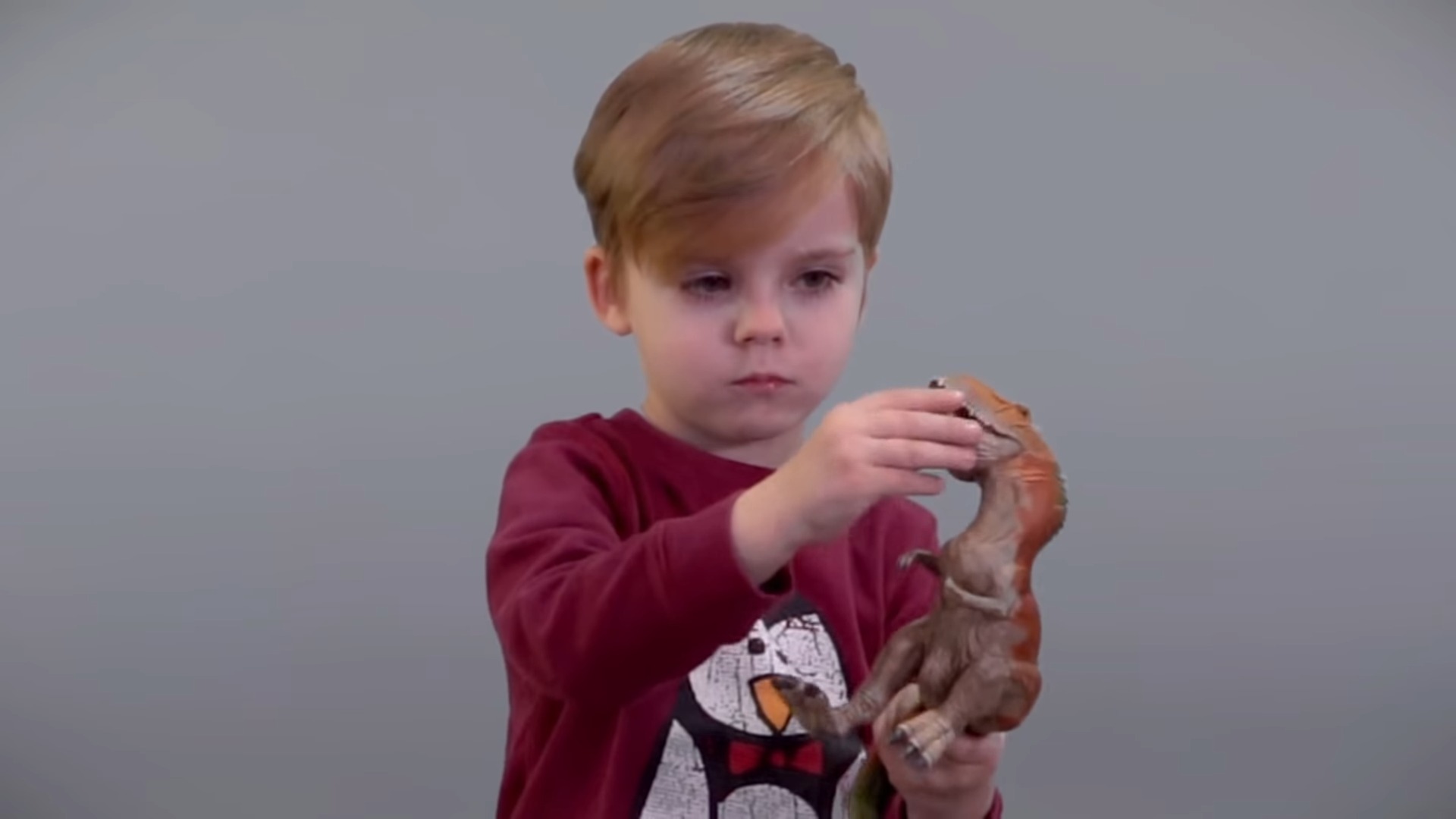The psychology of boys is a complex and multifaceted subject, encompassing a wide range of behaviors, emotions, and developmental stages. While every individual is unique, certain psychological characteristics are commonly observed in boys.
This article looks into some of these characteristics, offering insights that are both educational and intriguing.
Emotional Expression and Socialization
From a young age, boys are often socialized differently compared to girls, especially regarding emotional expression. Societal norms tend to encourage boys to suppress emotions like sadness or fear, promoting a facade of toughness.
This gendered socialization can lead to boys being less likely to openly express their emotions, which can impact their emotional development and mental health. Research shows that boys, just like girls, experience a full spectrum of emotions.
However, due to societal expectations, they may express these emotions differently. For instance, sadness or vulnerability in boys may manifest as anger or frustration.
When navigating the complexities of romantic affection, men often reveal a capacity for profound emotional depth and vulnerability, challenging the conventional perceptions of male emotional expression.
It’s crucial to understand this as a coping mechanism rather than a straightforward emotional response.
Risk-Taking and Physical Activity
Boys are generally more inclined towards physical activity and risk-taking behaviors. This tendency is partly influenced by biological factors, such as higher levels of testosterone, which can contribute to more aggressive and daring behaviors.
Additionally, cultural factors play a role; boys are often encouraged to engage in more physically demanding and risky activities. These behaviors have both positive and negative aspects.
On the positive side, they can lead to greater resilience and adaptability. However, they can also increase the likelihood of injuries and engagement in dangerous activities.
It’s important to provide safe and structured environments where boys can channel their energy and inclination towards risk in positive ways.
Cognitive Development and Learning Styles
Cognitive development in boys can exhibit certain patterns that differ from girls. Boys often show a preference for spatial and kinesthetic learning.
They may excel in tasks that involve movement, physical manipulation of objects, and visual-spatial reasoning. This difference is crucial in educational settings, where teaching methods and assessments should cater to a diversity of learning styles to be effective for both genders.
However, it’s essential to avoid overgeneralization. Not all boys will fit into these patterns, and individual differences are always significant.
Educational approaches should be flexible enough to accommodate the varied learning needs of each child.
Social Dynamics and Peer Relationships
Boys navigate complex social dynamics, often influenced by cultural norms around masculinity. Peer relationships among boys can be competitive, with a strong emphasis on hierarchy and dominance.
This environment can encourage traits such as competitiveness, independence, and leadership. However, these dynamics can also lead to issues like bullying and social exclusion.
Boys may feel pressure to conform to the group norms to be accepted, which can suppress individuality and emotional expression. Understanding these social pressures is key to supporting boys in developing healthy, respectful, and empathetic interpersonal relationships.
Emotional Resilience and Coping Strategies
Emotional resilience refers to the ability to adapt and recover from stress, adversity, or trauma. Boys often develop different coping strategies compared to girls, shaped by both biological factors and socialization.
For instance, boys might be more likely to engage in physical or distracting activities as a way of dealing with stress or emotional pain, rather than talking about their feelings. This doesn’t mean that boys are inherently less capable of emotional resilience.
Instead, it highlights the need for supportive environments where boys can learn and practice a range of coping strategies, including verbal expression of emotions, without fear of judgment or stigma.
The Impact of Media and Cultural Stereotypes
Media and cultural stereotypes significantly influence how boys perceive themselves and their roles in society. Stereotypical portrayals of masculinity in media, which often emphasize traits like toughness, aggression, and emotional stoicism, can create unrealistic expectations for boys.
It’s vital to expose boys to diverse representations of masculinity, showing that strength can also be demonstrated through kindness, empathy, and emotional vulnerability. Encouraging critical thinking about media messages and stereotypes can empower boys to develop their sense of identity beyond traditional gender norms.
FAQs
How do media stereotypes affect boys’ academic choices and performance?
Social media stereotypes can significantly influence boys’ academic choices and performance as well as their mental health. For example, stereotypes that emphasize physical prowess over intellectual abilities may discourage boys from pursuing academic interests, particularly in areas perceived as ‘less masculine’ like the arts or literature. This can lead to a lack of engagement and lower performance in these subjects. Conversely, positive portrayals of intellectual pursuits in media can encourage a more balanced academic development.
Are boys who are exposed to diverse media representations more emotionally intelligent?
Exposure to diverse media representations can contribute to higher emotional intelligence in boys. When boys see a wide range of emotional expressions and coping strategies portrayed by male characters, they are more likely to recognize and understand their own emotions and those of others. This exposure helps them learn that emotional expression is a natural and healthy part of masculinity.
How does the portrayal of male friendships in media impact boys’ real-life friendships?
The portrayal of male friendships in media can greatly impact boys’ perceptions of real-life friendships. Media that showcases supportive, empathetic, and communicative male friendships can encourage boys to seek and cultivate similar relationships. On the other hand, if media consistently depicts male friendships as superficial or competition-based, boys might adopt these patterns in their own friendships, potentially missing out on deeper emotional connections.
Can changing media stereotypes about boys reduce bullying and aggression in schools?
Changing media stereotypes has the potential to reduce bullying and aggression in schools. When media promotes empathy, cooperation, and respectful conflict resolution among boys, these values can translate into real-life behaviors. Reducing the glorification of aggression and dominance in media can help create a school culture that discourages bullying and promotes inclusivity.
What role do parents play in mediating the impact of media stereotypes on boys?
Parents play a crucial role in mediating the impact of media stereotypes on boys. They can do this by discussing the content viewed, providing context, and challenging stereotypes. Encouraging critical thinking about media messages helps boys develop a more nuanced understanding of masculinity. Parents can also actively seek out and introduce media that portrays positive and diverse male role models.
How do media stereotypes affect boys’ mental health in the long term?
Long-term exposure to restrictive media stereotypes can negatively impact boys’ mental health. Stereotypes that promote emotional stoicism and discourage seeking help can lead to internalized stress and difficulty coping with emotional challenges. This can increase the risk of mental health issues such as depression and anxiety. Providing boys with a more realistic and diverse range of male characters can help in develop healthier coping mechanisms and emotional resilience.
Final Words
It’s important to approach this subject with sensitivity and an awareness of the individual differences and societal influences that shape boys’ experiences. By providing supportive environments and challenging outdated stereotypes, we can help boys grow into emotionally healthy and well-rounded individuals.
This understanding not only benefits boys themselves but also contributes to a more inclusive and empathetic society.
Related Posts:
- Psychological Facts About Soulmates You Might Not…
- Psychological Facts About Guys in Love You May Not Know
- Psychology Facts About Girls You Should Know - How…
- Interesting Psychological Facts About Crushes Most…
- Innovative Interventions: How PMHNPs Are Shaping…
- How Social Media Directly Impacts Your Mental Well-Being


















